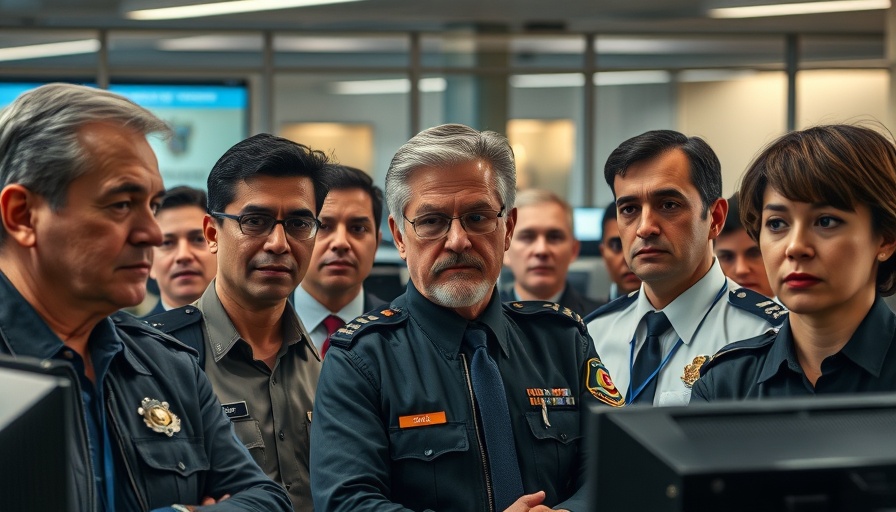
Protests Erupt Across Los Angeles Amid Immigration Raid Backlash
As tensions escalate in Los Angeles, Mayor Karen Bass has announced a curfew beginning at 8 PM to curb rising violence stemming from anti-ICE protests. The measures are a response to intense clashes between demonstrators and law enforcement, which have resulted in nearly 469 arrests and significant property damage in the downtown area.
The curfew will be strictly enforced within a one-square-mile zone, aiming to "stop the vandalism, to stop the looting," Bass explained during a press conference. With fears of widespread unrest palpable, local authorities are gearing up to manage a situation that many are describing as a crisis, albeit one concentrated in specific areas rather than citywide.
Understanding the Roots of Unrest
This series of protests began following a series of immigration raids in Los Angeles that sparked outrage within the community. Activists quickly gathered to protest against the actions of federal agents targeting undocumented individuals. Witnesses report that some protesters attempted to physically block ICE agents from detaining individuals, leading to a tense standoff with law enforcement.
The anger is not just localized to the immigrant community; it has resonated across various demographic segments, with many citizens expressing their discontent with the perceived heavy-handedness of both state and federal authorities. Social media has played a pivotal role in mobilizing demonstrations, with people sharing their outrage and calling for solidarity against these enforcement actions.
The State's Response to Federal Involvement
The deployment of California National Guard troops by the Trump administration has only intensified the power struggle between local and federal authorities. Governor Gavin Newsom has publicly criticized the move, calling it “illegal and immoral” to commandeer a state's National Guard without proper consultation. This disagreement highlights the growing friction between state governance and federal policy, particularly concerning immigration enforcement.
Newsom's intention to take legal action signifies a broader resistance to the federal approach toward immigration, reflecting growing unease amidst an already polarized political climate. The situation underscores a significant trend where state and local governments are increasingly finding themselves at odds with federal directives, which could have long-lasting implications for governance and civil rights.
Protests, Perceptions, and the Media Narrative
The media's portrayal of the protests and the governmental response contributes significantly to public perception. Images of ballooning unrest can lead individuals to perceive that such violence is a citywide epidemic, while Mayor Bass emphasizes that downtown Los Angeles is only a small segment of a vast metropolitan area. Local businesses have already felt the impact of the unrest, with 23 reported looting incidents, raising concerns about the economic ramifications of ongoing protests.
Furthermore, the curfew's enforcement raises questions about civil liberties. Critics argue that such measures could infringe upon the rights of peaceful demonstrators and residents, while supporters claim they are necessary to maintain order during a period of heightened tensions.
Looking Ahead: What Comes Next?
As the curfew is in effect, many will be watching closely to see how long-lasting these impacts might be and how local officials will navigate the precarious balance between ensuring safety and upholding citizens' rights. The protests serve as a reminder of the deep fissures in community trust toward law enforcement and federal agencies.
As citizens, activists, and politicians continue to grapple with the realities of immigration policy and civil rights, the potential for future unrest remains. Effective dialogue, advocacy for comprehensive immigration reform, and careful consideration of law enforcement tactics will be crucial in addressing these ongoing tensions.
Final Thoughts
The current events in Los Angeles reflect more than just a local crisis; they embody a broader national conversation about immigration, civil liberties, and the relationship between state and federal power. Engaging with these discussions responsibly can pave the way for understanding and healing in the face of discord.
 Add Element
Add Element  Add Row
Add Row 



Write A Comment